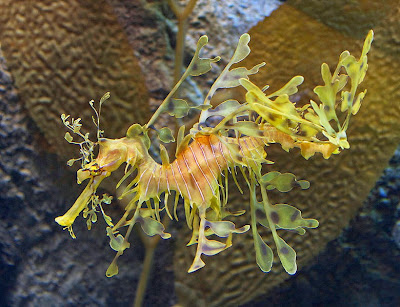 | |
| Unknown source. |
The photographic portrait taken of Sendak in New York when he was in his twenties is a stunner I think. I have found it on the net, but cannot trace its source. However, I can assure you there's some real Grandma crush going on here! Hence the large size version of the image.
His book Where the wild things are was published in 1963, and he was awarded the Caldicott Medal in 1964. http://www.ala.org/alsc/awardsgrants/bookmedia/caldecottmedal/caldecottmedal
Linked with kind permission from Laura M. Schulte-Cooper. Program Officer, Communications, ALA.
It was a sensation!
It caused extensive discussion by polarized groups that included parents, grandparents, teachers, librarians and child psychologists. At one extreme the publication was seen as monstrously scary, with the potential to harm the delicate minds of children, disturb their sleep and give them nightmares. People were outraged that it would appear on the shelves of both public and school libraries. At the other end of the spectrum it was recognised as a landmark in the world of children's books. They saw a fresh and new approach to children's writing. Those that celebrated its publication leaned towards the belief that it was liberating and small children would recognise and understand Max's journey as it was the stuff of childhood.Their voice was led by Ursula Nordstrum, publisher and editor of children's books at Harper & Rowe. It was Nordstrum who had recognised his talent and encouraged Sendak to write as well as illustrate. Sendak was to comment in later life that it took two years for people to actually 'get it', for his book to become accepted.
When Sendak died in 2012, the outpouring of grief and the acknowledgement of just how generations of kids were influenced by that story was evident in their need to express their feelings in both the twitter sphere and comments in e-news spaces and other social media. If you poke around on the net you will find homage paid to Sendak by artists who were deeply influenced by his work, and which led them to pursue a career in arts. Here is a starting point:
http://www.philnel.com/2012/05/11/sendakripart/
I have had teenage boys see the toys or books on my shelves and say "I remember that book from school, it's cool!" That says reams I think. If only they had a copy in their own rooms as children, alongside a few others.
But Sendak has a body of work, although the success of Wild Things caused the spotlight to be shone on him. It was the first book he had written. He had illustrated many other authors' works, and after Wild Things went on to write more books, designed sets for ballets and produced animated television amongst other interests. Some of his works have also been produced as operas.
Not to seek out more of Sendak's work is to short-change yourself. Sendak's writing is influenced by the themes that shaped his childhood: war, migration, family, survival, religion. There are complex layers in his writing for the student of literature, or wonderfully simple stories to delight and empower the youngest reader, or listener, of his stories. Stories that resonate because Sendak had every confidence in a child's intelligence and refused to dilute his writing and speak down to them.
Some would say Maurice Sendak was a curmudgeon, some would say he didn't suffer fools gladly.
A dig around the net will let you find articles, commentary, video interviews and a sense of the truth of this generous, generous man. I urge you to take a look. There seems to be a duality to all aspects of Sendak's life, an interplay between the dark and the light.
But just as Max, the King of all the Wild Things triumphed, so too did Maurice. And as he stands on the world stage of children's literature, his Genius illuminates it.




















